 Understanding your alignment
Understanding your alignment
As an Executive Coach and Strategist one of your main jobs is to help people find alignment. Alignment within themselves, with others and with their organization. The way to become outstanding at leadership is starting to understand yourself.
Working with individuals you start with their outcome gaps (those outcomes that were unexpected) and work backwards to the behaviors that lead to those outcomes. That is the first place to effect change. If they can simply change a behavior by becoming aware of their blind spots then your done. And yet awareness is often not enough for any of us. The behavioral imprinting is so strong that just knowing you have behaviors that are not in alignment with the outcomes you desire you can’t change them.
What do your feelings tell you
The next step is to move back to what emotions are triggering that behavior that leads to the outcome gap. Often when you can get a handle on these emotions you can decide their are other feelings you could consider other than, let say anger. It is interesting this particular element of the alignment process. Often people go to a therapist to discover their real feelings. You may have heard people say, “I have spent thousands of dollars to learn these feelings.” Well if you want to effect your outcome gap now your going to learn that you can choose to have other feelings to inform your behaviors to change. Let’s get more concrete. Let’s say you are in a meeting with your peers and that you like to be in control of such situations and your not the leader so you become very angry because you are feeling controlled by the facilitator. This anger triggers belligerent behaviors. You begin to derail the meeting and disregard your entire company because you cannot control the anger that is festering in you. If you can recognize that anger is your real feeling and that feeling is not helpful in this particular situation you may go meta cognitive and look down on the situation and say to yourself, “100 other people would feel differently about this situation,” and ask yourself, “which of those do I need to borrow to show up in a way that informs my behaviors differently”?
How are your values showing up
Step three in alignment, is to move back further in the cycle to your values. The question is what values may be in conflict with the outcome that your looking for that are informing your emotions, that inform your behaviors that are then effecting your unanticipated outcomes. Are you certain your values are in alignment with your outcomes. In the situation outlined above is one of your top values about control. If not how do you get more committed to the values that you believe are more in alignment. One way is to name these values and practice them. The first thing to do is discover them and insure you know what they are. If you go to www.CEOTEST.com you can discover what you value most verses what you value least. Once you do this you can begin to ask yourself the question are my feelings in alignment with these values or am I just feeling old imprints. Yesterday because of a calendar snafu I found myself without plans in New York City. Those who know me well would know I don’t do well being alone because of old imprints. As I was walking through central park I found myself feeling alone. As I started asking myself these questions and found I made progress separating myself from those imprints.
Are your beliefs in alignment with your values
The next step is moving back to your belief system. This is hard work because we get very committed to what we believe is true. In fact we believe so deeply that we believe our beliefs our who we are as a person. People will defend their belief by giving their life for them. And yet some of your beliefs are likely informing your values choices, that effect your emotions and that inform your behaviors that lead to this performance gap. The question to wrestle with here is not only what belief are you committed to, but what alternative beliefs are you committed to that are preventing you from reaching the outcome you are looking for. From this point if you can begin to ask yourself what underlying assumptions are forming these beliefs? And asking yourself, “Can I let go of these assumptions”? What have you convinced yourself is true that is no longer helpful believing that it is true. For me last night it was that no one wanted to come out and play. It was not true before and it is certainly not true today and yet it is still informing me. What experiences are still informing you?



